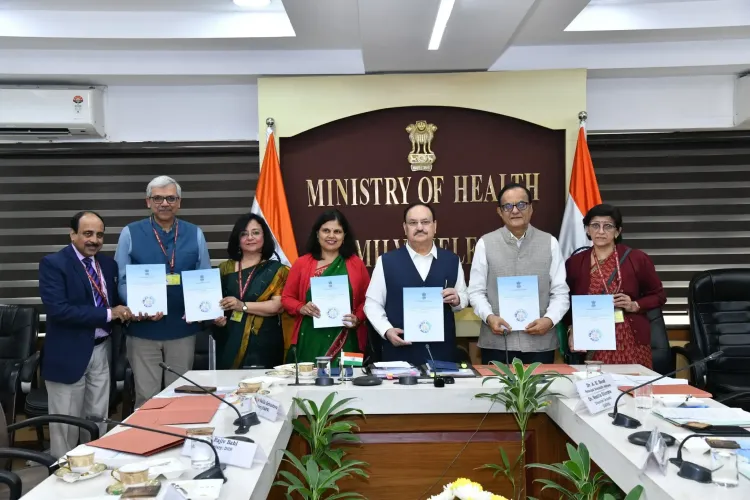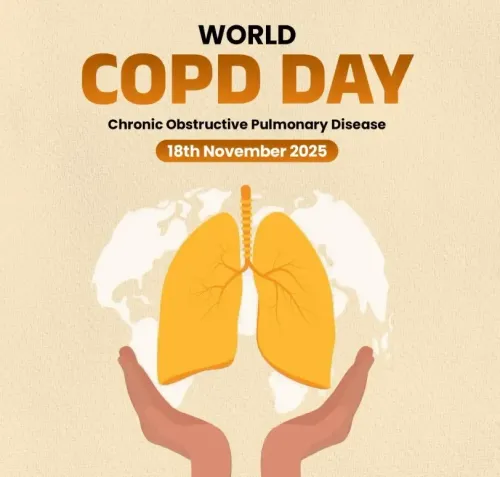Has the Govt Unveiled National Action Plan on Antimicrobial Resistance 2.0?

Synopsis
Key Takeaways
- Launch of NAP-AMR 2.0 aims to tackle antibiotic resistance.
- Involvement of over 20 ministries for a cohesive approach.
- Focus on public health protection through One Health strategy.
- Six strategic objectives outlined for clear action.
- Encourages stakeholder collaboration for effective implementation.
New Delhi, Nov 18 (NationPress) The Union Minister of Health and Family Welfare has officially introduced the second iteration of the National Action Plan on Antimicrobial Resistance (2025-29) aimed at combating antibiotic resistance.
This enhanced NAP-AMR 2.0 was launched by Health Minister JP Nadda on the inaugural day of the WHO’s World AMR Awareness Week (November 18-24) in the capital. The initial NAP-AMR was initiated back in 2017.
According to the Ministry of Health, “The NAP-AMR 2.0 represents a crucial advancement in addressing AMR via a One Health strategy. With contributions from over 20 ministries, along with defined timelines and budgets, stakeholders have reaffirmed their commitment to safeguarding public health.”
Nadda emphasized the risks posed by AMR, particularly in areas such as surgical procedures, cancer treatments, and other vital healthcare interventions, stating, “The misuse and overuse of antibiotics have regrettably become commonplace, highlighting the immediate need for corrective actions.”
The NAP-AMR 2.0 aims to bridge the gaps identified in the initial plan by enhancing ownership of AMR initiatives, strengthening intersectoral collaboration, and fostering greater involvement from the private sector.
“This updated NAP-AMR comprises specific action plans for each key ministry/department, complete with timelines and budgets to facilitate effective monitoring of national action plan implementation. It also incorporates clearly defined coordination and collaboration mechanisms within and across sectors,” the Ministry highlighted.
“The 'One Health' strategy in this plan serves as the basis for intersectoral collaboration and coordination among human, animal, agricultural, environmental, and other pertinent sectors over the next five years,” Nadda added.
The document outlines six strategic objectives, each accompanied by sub-objectives and vital activities.
These objectives include enhancing awareness and understanding of AMR through effective communication, education, and training; bolstering laboratory capacities for AMR detection and surveillance; minimizing infection rates through efficient infection prevention and control; optimizing the use of antimicrobial agents across humans, animals, and food; encouraging research and innovations by pinpointing priorities for basic and operational research related to AMR; and strengthening governance and collaboration regarding AMR.
Following the launch, each stakeholder ministry/department is tasked with crafting their roadmap for implementation, ensuring the engagement of the private sector, technical institutions, professional groups, industry, cooperatives, NGOs, international partners, and other relevant organizations, as per the Ministry’s directives.









